Everyone who is new to a plant-based diet has the same first question: what the HECK do you guys EAT? And, its related corollary, how do you get enough protein? In this article, I’m going to respond to both questions.
What do you eat?
When I started down this path back in the 1990’s it was a lot harder to follow a plant-based diet. There also was an idea that plants didn’t contain all 9 of the essential amino acids that protein is made of. It was thought that in order to get everything the body required you had to consume specific combinations of foods in order to balance the amino acids. Not just consume a variety of foods throughout the day, but simultaneously. Like, you had to have beans AND rice in the same meal in order to get the benefit of a ‘complete’ protein. Otherwise, what, you’d waste away? We now know that is nonsense. It IS important to eat a variety of foods in order to get all of the nutrients a body needs. But that would be true if you ate meat, too. So, what do you eat on a plant-based diet to stay healthy and strong? A variety of fruits, vegetables, tubers, whole grains, legumes, nuts, and seeds will deliver plenty of calories and protein.
No, really, what do you EAT?
The thought of what to eat if you are trying a plant-based diet can be a little overwhelming. You might be thinking, fruits, and nuts? Really? I’m not a squirrel!! If the idea of going cold turkey (no pun intended) is just too much, then go one step at a time. Keep moving forward and you’ll get where you want to go.
So, up till now, you’ve probably eaten typical American meals along the line of the ones listed below.
Breakfast
- Cereal with milk, or,
- Eggs/bacon/sausage
Lunch
- Ham & cheese sandwich, or,
- Chicken salad, or,
- Quarter-pounder with cheese
Dinner
- Spaghetti and meatballs, or,
- Prime rib, potatoes, peas, or,
- Filet of sole, rice, asparagus
Here are 4 great ways to start and products to help you make the switch:
- You could start by replacing dairy milk with one of the many dairy milk alternatives, such as milk made from soy, almonds, or oats.
- For butter, there is Miyoko’s Cultured Vegan Butter. It is awesome! Miyoko’s also makes a variety of vegan cheeses which are quite tasty.
- For eggs, there is JUST Egg for omelets and french toast. They are doing some very exciting food science research. Or try Red Mill egg replacer in pancakes or muffins.
- Another strategy is to recreate a favorite meal using plant-based ingredients. There are now numerous options for meat replacements at the grocery store.
- Beyond Meat‘s “Ground” is awesome having a similar texture to ground beef – make it into anything calling for ground beef, like tacos, meatballs, shepherd’s pie, enchiladas, or stuffed peppers.
- Beyond Meat’s burger patties are terrific as well, even non-vegans are impressed. Throw them on the grill with veggie dogs and you’re set for a quick BBQ. The Impossible Burger is also excellent.
- There are even vegan “turkey” roasts (that come with their own plant-based gravy) that you can enjoy for Thanksgiving dinner. I like the Tofurkey brand for their “Plant-Based Roast & Gravy“
- Gardein makes a veggie meatball that is quite tasty if you aren’t up for rolling your own. Brown them up, toss in with jarred tomato sauce (like Newman’s Own Fire Roasted Tomato & Garlic Pasta Sauce), and pour over spaghetti. Easy and tasty!
- Gardein also makes a whole bunch of other prepared foods that make it ridiculously easy to eat a plant-based diet. Oh, how I wish these options existed 20 years ago!
- For sandwiches, replace sliced deli meats with vegan alternatives.There are several brands available. My personal favorite is Yves. They have salami, ham, bologna, and turkey. Layer them up on a hoagie roll for an Italian sub.
But, how do you get your protein?
Lots of plant foods have protein. Some have more than others. The simple whole food choice for protein are legumes (black beans, kidney beans, peas, lentils, chickpeas, soybeans, and peanuts to name some options). If you check the ingredients of your veggie ‘meats’ they typically contain things like protein isolates from one or more of those beans.
Chances are, what you are really wondering is how do you get ENOUGH protein without eating meat? It is actually easy to get enough protein on a plant-based diet. It is just a matter of becoming accustomed to what foods to eat. It also helps to know exactly how much you need.
For the sake of discussion consider that the daily required amount of plant protein is 0.9 grams per kilogram of body weight. For a 135 pound woman (61.4 kg) (my ideal weight) that comes to about 55 grams of protein per day.
So, what does that look like in actual food? Here’s a typical day for me:
- Breakfast: 2 slices of Dave’s Killer thin-sliced “Good Seed” bread w/ 1 tbsp Peanut butter and a handful of almonds – 12 grams of protein
- Lunch: Broccoli salad w/ Nasoya Tossables Tofu chunks – 20 grams of protein
- Dinner: Grilled Beyond Burger on baby green lettuce w/ tomato and some hummus – 21 grams of protein
- Snack: Vegan protein bar – 11 grams of protein
That comes to 64 grams of protein. If you are heavier and need more protein, just eat more!
Getting more help
There are gazillions of resources for plant-based cooking online. I don’t like taking the time to cook so I lean toward keeping it easy. But, I do have America’s Test Kitchen “Vegan For Everybody” cookbook which I like and have made some of the recipes which so far have all been fantastic – even for my non-vegan friends.
Hopefully, in this post I’ve made it obvious that eating a nutritious, protein-rich, plant-based diet is doable. If you give any of these ideas a try, let me know how you make out in the comments. I would love to hear from you!

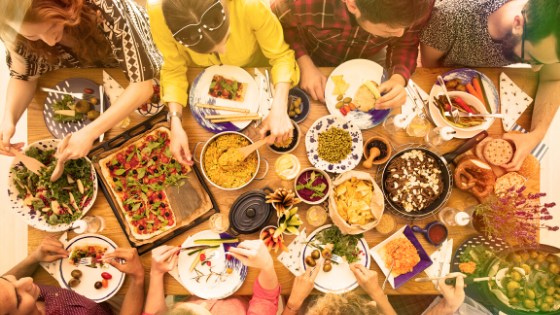
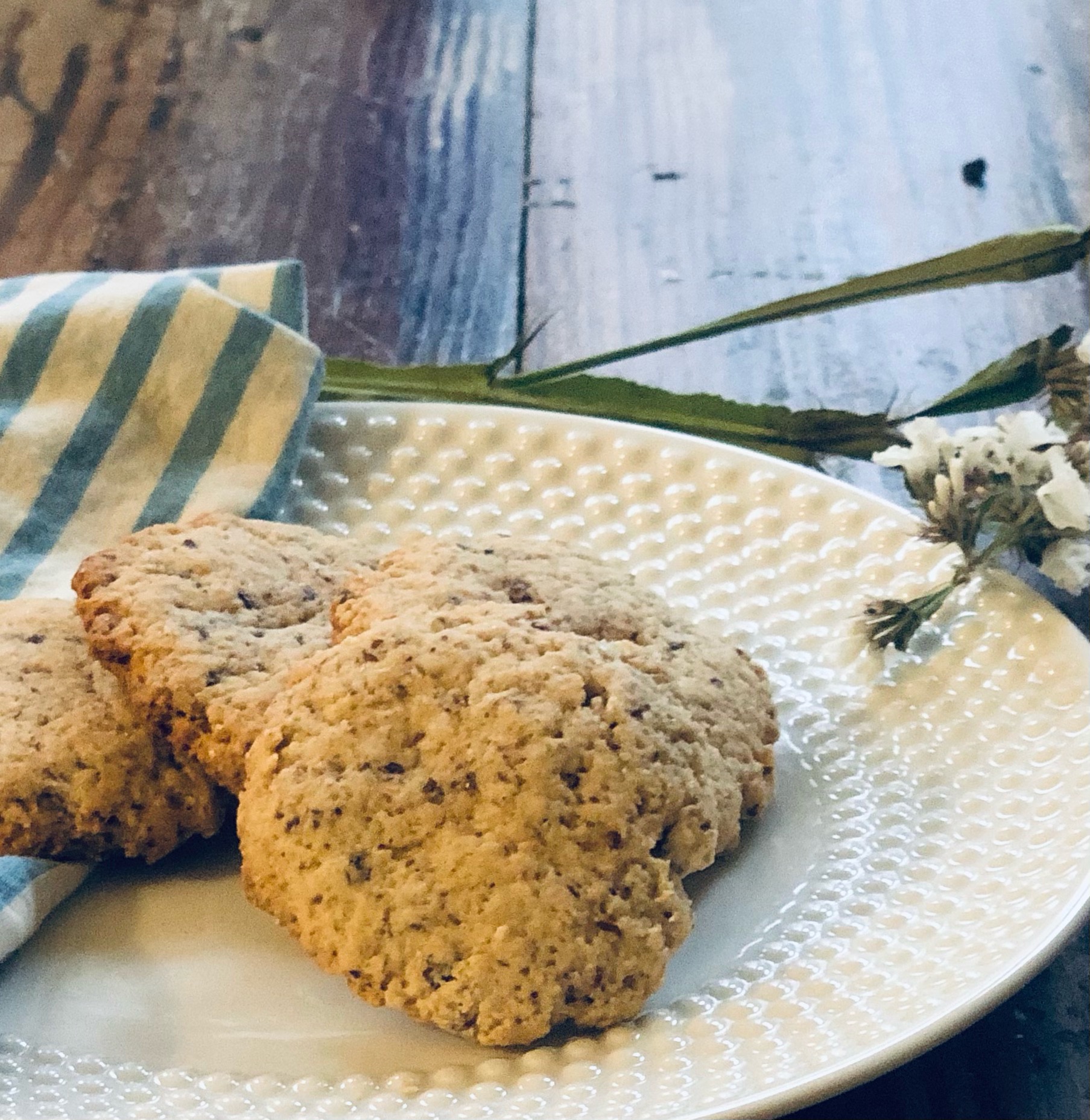
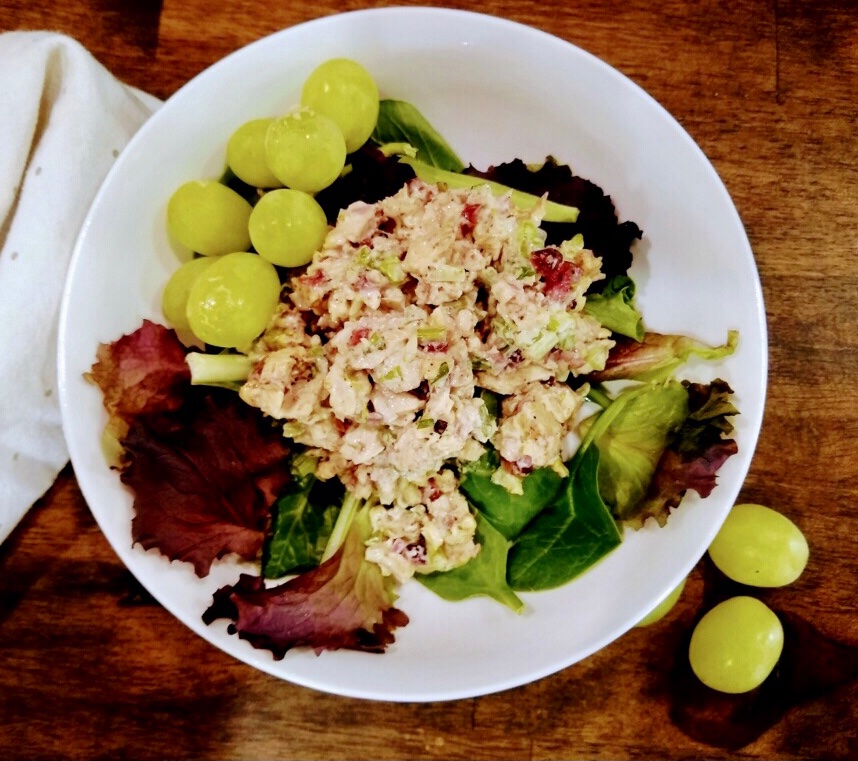
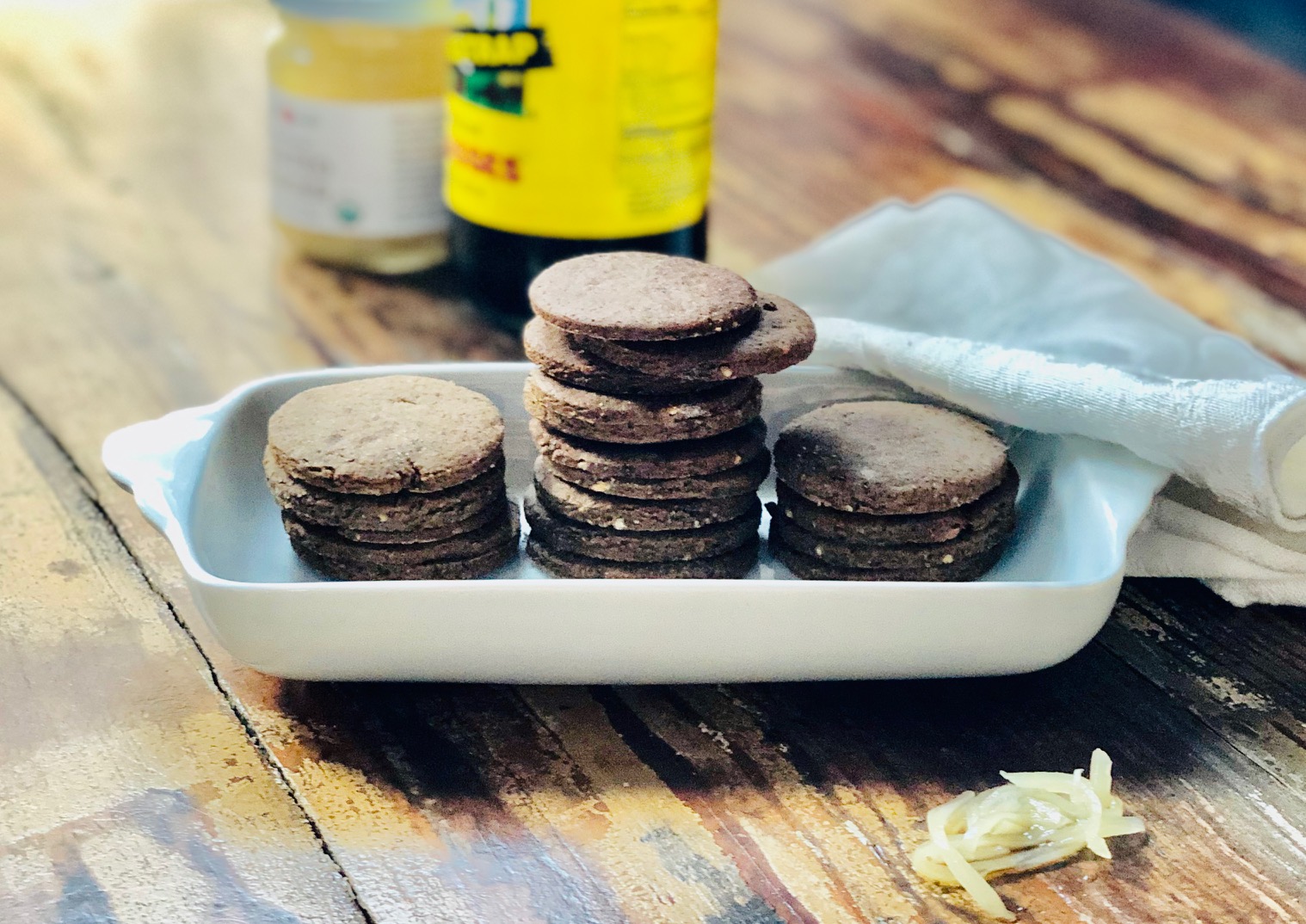
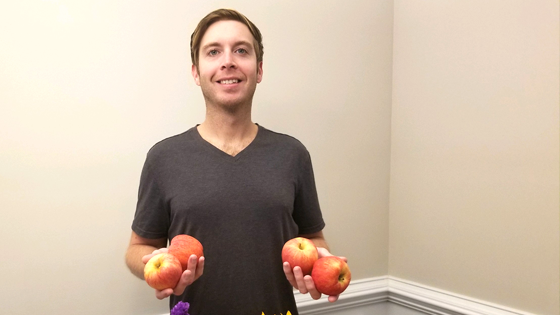
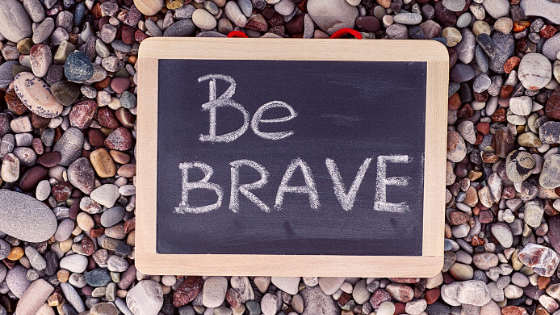

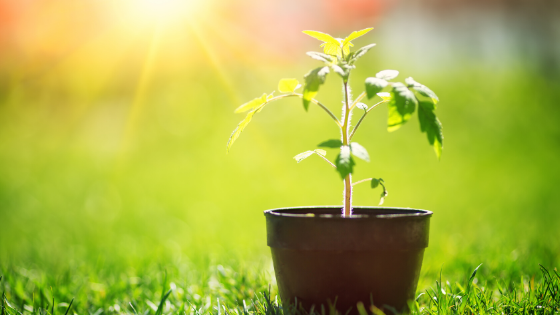
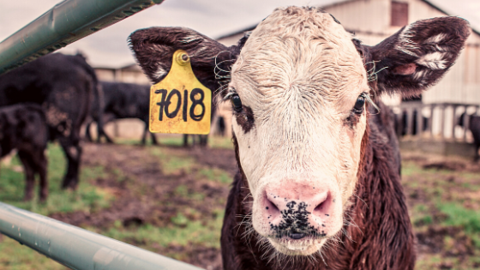

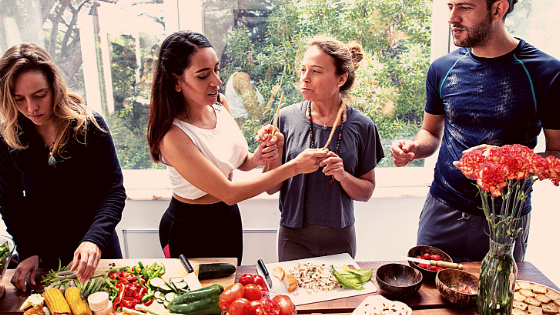
0 Comments